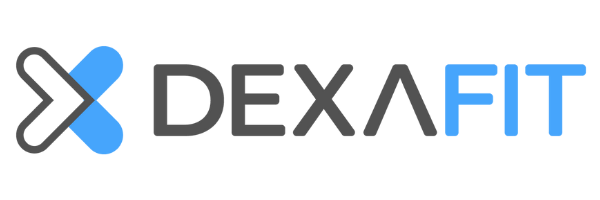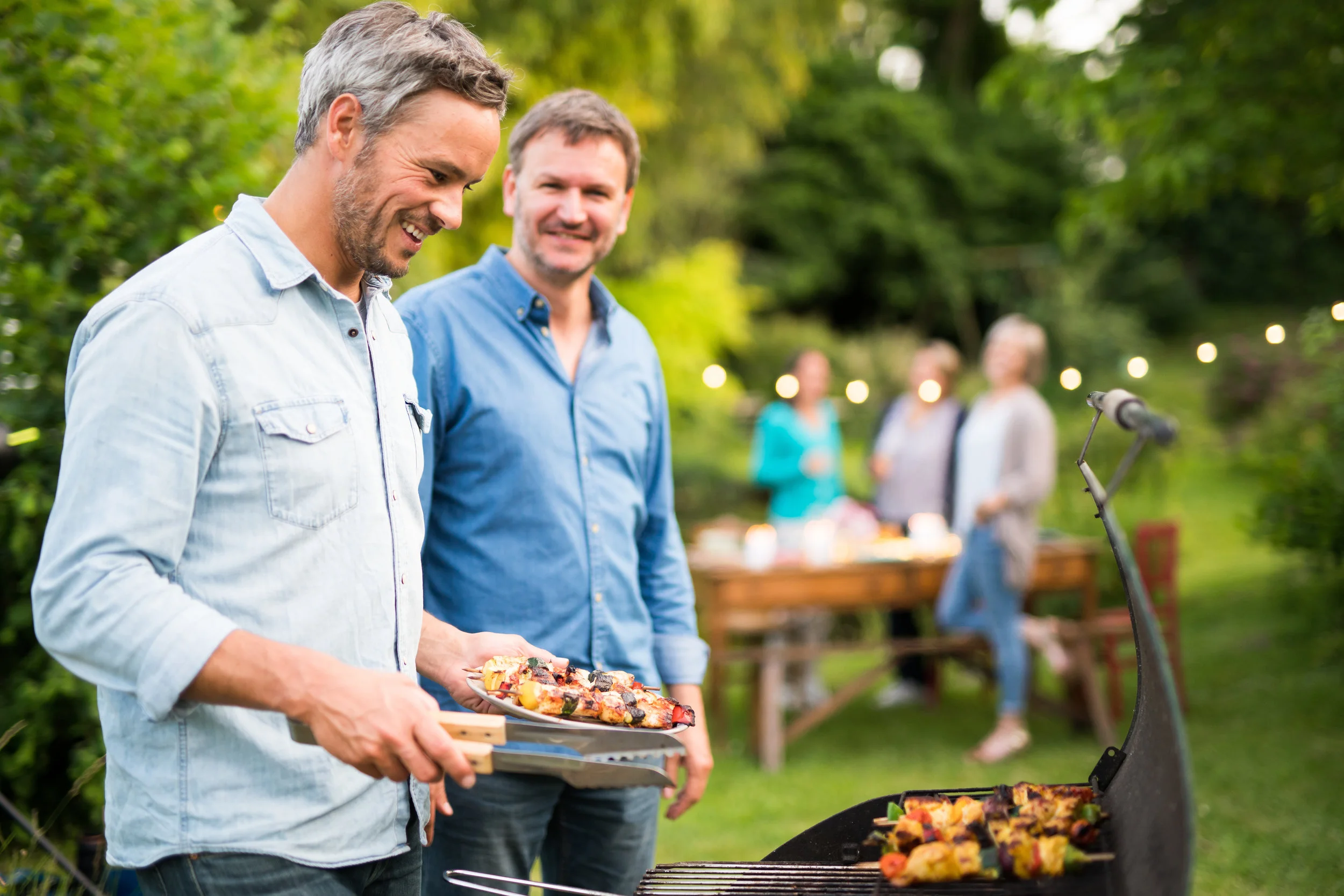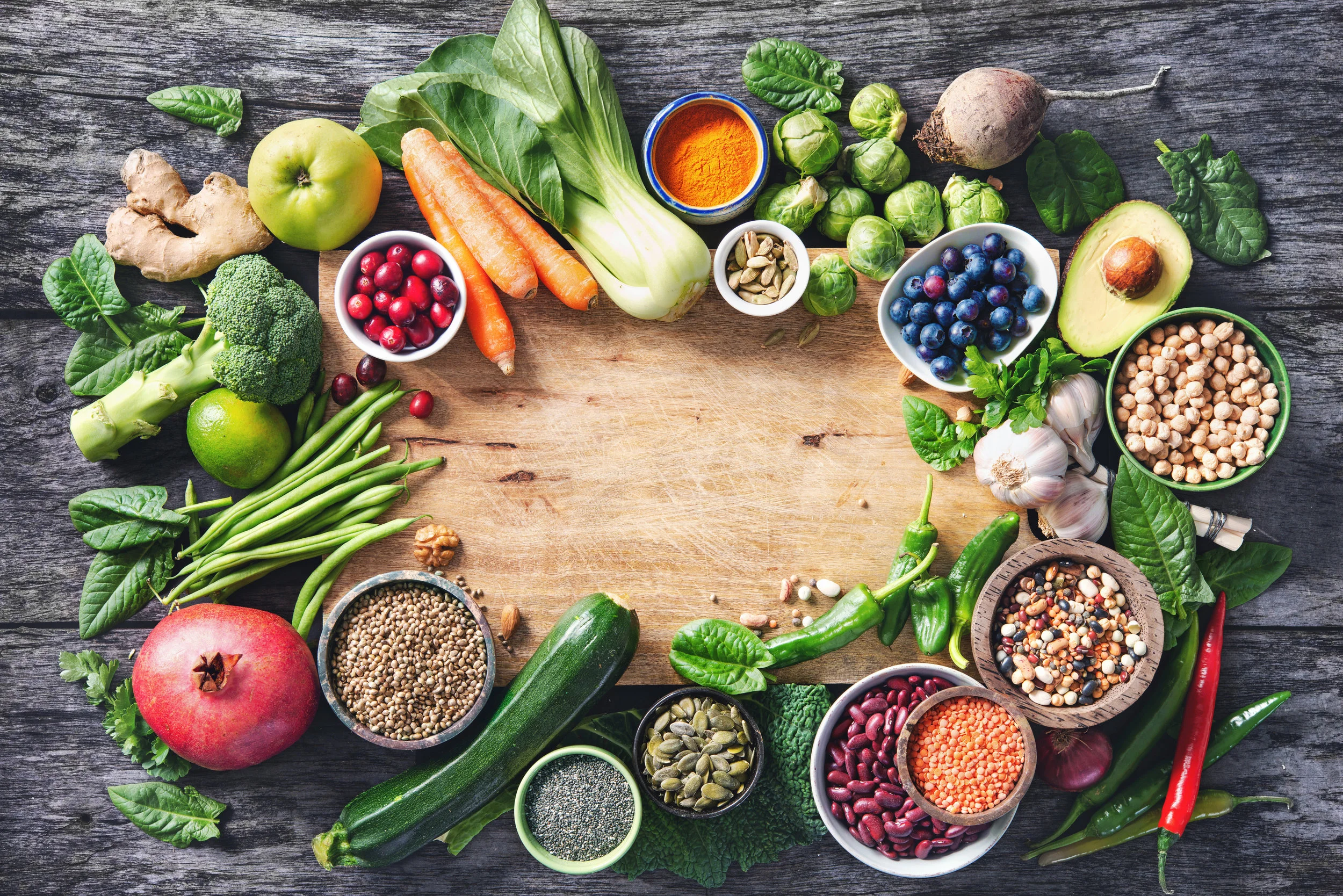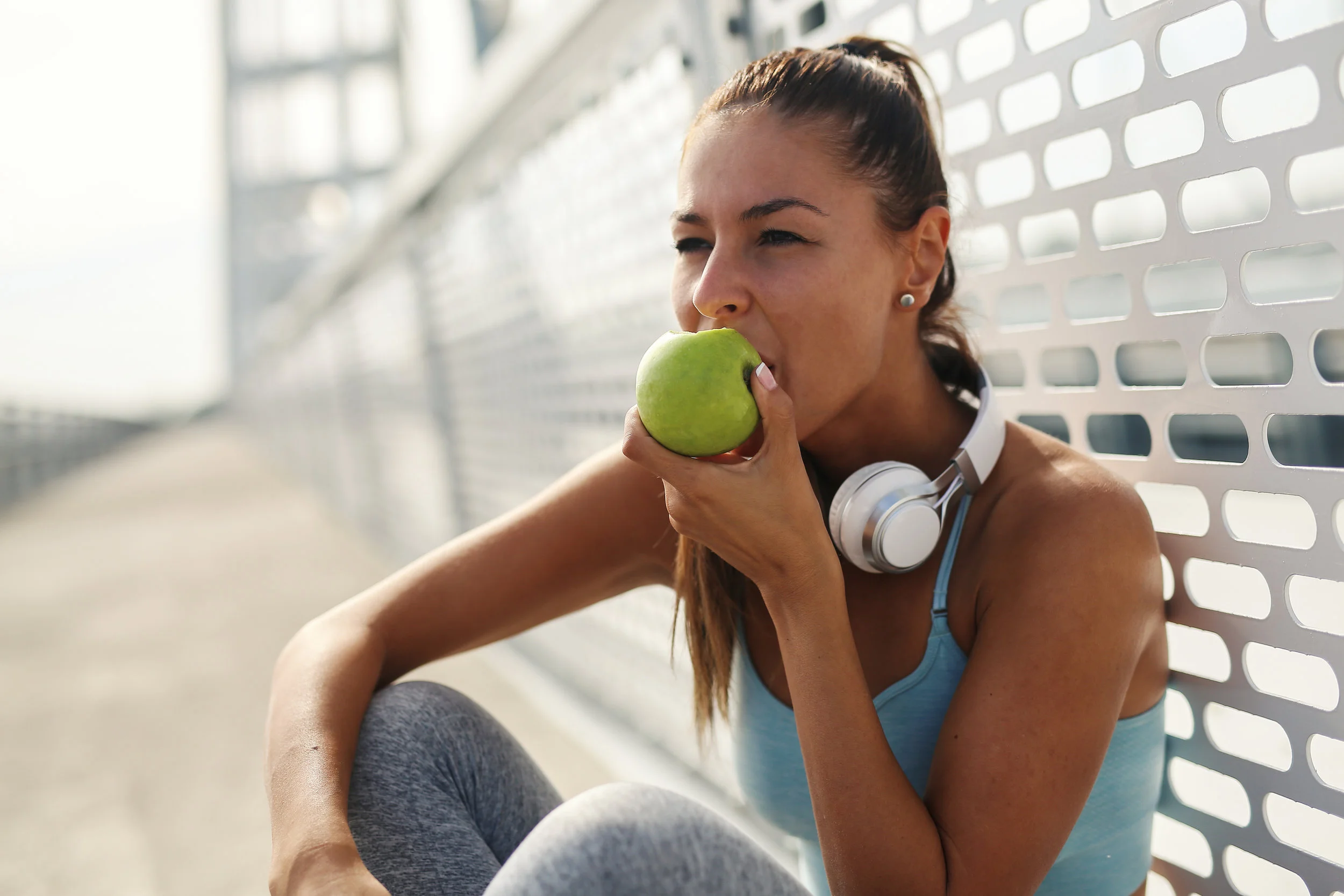Are you looking for a new diet to try? There are so many diets out there that it probably feels difficult to know which one is the right one for you. For those whose diet goal is not just to lose weight, but to be healthier, fitter, more active, and to reach your optimal health, then Keto might be the right choice for you. Keto, or the Ketogenic Diet, is known for being a low carb diet, high-fat diet geared toward producing high levels of energy and stamina. This beginner's guide to Keto is perfect for anyone considering trying this diet: it tells you what to expect, how to prepare, how to engage, and more.
What is Keto?
As mentioned, the Ketogenic Diet is mostly known for being a low-carb, high-fat diet. The basis for the diet is what happens when you eat something high in carbs and how it affects your body and its ability to produce both glucose and insulin. Glucose is a molecule your body converts into energy, and insulin is produced in order to help process the glucose already in your bloodstream. Insulin helps take glucose around your body, providing energy where it is needed.
When glucose is being used as the primary source of energy, fat is not as needed and is stored instead. When on the Keto diet, however, you lower your intake of carbs, pushing your body into a state known as Ketosis. In short, Ketosis is a natural process of the body that helps you to survive and thrive when food intake is low. During ketosis, your body produces ketones, which come from broken down fats in the liver.
The goal of the Keto diet is to force your body into this metabolic state where fats are naturally broken down for survival. However, Keto ensures that you get to eat and eat well while enjoying the benefits of this reserved metabolic state.
How to Begin Keto
Now that you know what Keto is, how do you start it? Where do you begin? It is always a little confusing when you begin a new diet, but there are a few places to start with Keto. Since this diet it is pretty straightforward in what you do and do not eat (which we'll get to later), you can begin with doing your research. That's right - simply reading this article is a great starting point.
Making a point to understand this diet, how it works, why it works, and what it can do for your health is the first thing you should do before going on all in. For example, you might find you have some health problems such as an allergy or sensitivity to some foods that make Keto a poor diet choice for you.
So, make an appointment with your doctor to chat, take a few tests to figure out any potential allergies, and undergo any other necessary procedures that ensure your new diet is a good idea. Like the old saying goes, it's better to be safe than sorry.
What Do You Eat on a Keto Diet?
Your Keto diet is going to take a lot of planning before you can officially begin. To start, you need a diet plan ready to go, the proper foods in your fridge and pantry, and a timeline for when you want to enter ketosis. How quickly you want to reach this state will heavily determine what you eat. The more restrictions you place on your carb intake, the faster ketosis will begin.
With this in mind, you'll want to do away with or at least severely limit the following foods: vegetables, nuts, dairy, bread, pasta, cereals, starch (potatoes, beans, etc), or fruit. You can, however, still consume avocados and berries in small amounts.
Other foods you should not eat include:
Sugar: Agave, Maple Syrup, Honey, Similar Substances
Fruit: Apples, Oranges, Bananas, Peaches, Etc.
Tubers: Potatoes, Yams
Grains: Bread, Wheat, Corn, Cereal, Rice, Quinoa, Etc
The foods you can build your diet from are as follows:
Leafy Greens: Spinach, Kale, Arugula, Cabbage
Nuts and Seeds: Walnuts, Almonds, Sunflower Seeds, Pumpkin Seeds, Macadamias, Hazelnuts
Avocados and Berries: Blackberries, Raspberries, Blueberries, Cherries
Veggies (Above Ground): Broccoli, Cauliflower, Corn
Meats: Beef, Lamb, Poultry, Fish, Eggs
High Fat Dairy: Hard Cheeses, Butter, Cream, Milk
Other foods you can eat include natural or low carb sweeteners and fats like coconut oil, some salad dressings, and more. Overall, you should break down your food intake into something like this: 70% fats (to meet the goal of high-fat), 25% proteins, and 5% carbohydrates. This balance will likely push you into ketosis in a timely manner, jumpstarting your diet.
Snacks and some fast foods are okay on a keto diet, but be sure you are watchful and careful about what you consume. Ketosis can be disrupted if you aren't paying attention!
Benefits of a Ketogenic Diet
Since Ketosis is a natural biological state, it is fairly safe and comes with many benefits. Some of these include:
Weight Loss/Regulation: Since the Keto diet uses stored fat as an energy source, you can expect to see some weight loss while on this diet. For those looking to lose fat, Keto is much more effective than low-fat diets or even high-carb diets.
Blood Sugar Control: The Keto diet will naturally lower blood sugar levels thanks to the types of foods you're eating. If you are pre-diabetic or have Type II diabetes, a ketogenic diet may have already been recommended to you. If you do not have diabetes, Keto can still lower any risk you might face.
Stabilized Hunger and Increased Energy: Ketosis pushes your body to a reliable energy source, giving you more energy throughout the day. In addition, the high fat and low-glycemic foods in the Keto diet offer a slow release of energy so you feel full longer.
Cholesterol and Blood Pressure: The Ketogenic diet can help to improve both triglyceride levels as well as cholesterol levels. Low carb, high-fat diets can help increase HDL and decrease LDL particle concentration, which can lead to improved blood pressure.
Acne: Many who begin the Ketogenic Diet soon experience an improvement in the health of their skin. Studies have been conducted that suggest the Ketogenic diet helps balance at hormones, which lead to clearer skin.
Though Keto comes with a number of benefits, there are some dangers to this diet as well.
Dangers of a Ketogenic Diet
At the end of the spectrum of ketosis is a process called ketoacidosis. Unlike ketosis, ketoacidosis is not naturally occurring, meaning that it would never happen to the body when ketosis is naturally induced. The Keto diet can lead to ketoacidosis in some cases, but it is largely unlikely.
Ketoacidosis is a metabolic state in which there is a high concentration of ketone bodies which are formed by the breakdown of fatty acids. During Ketoacidosis, the body is unable to regulate ketone production, which results in high keto acids and a decrease in blood PH. Ketoacidosis can be fatal. To learn more about this condition, go here.
Recipes to Try
If the Ketogenic Diet sounds great to you, you may want to begin looking up Ketogenic recipes to prepare! Remember, low-carb, high-fat meals are the key to an effective Keto diet, and the meals are fairly simple to create. You can find excellent Keto recipes that you can make yourself here and here. Enjoy!













Keto, or the Ketogenic Diet, is known for being a low carb diet, high-fat diet geared toward producing high levels of energy and stamina.